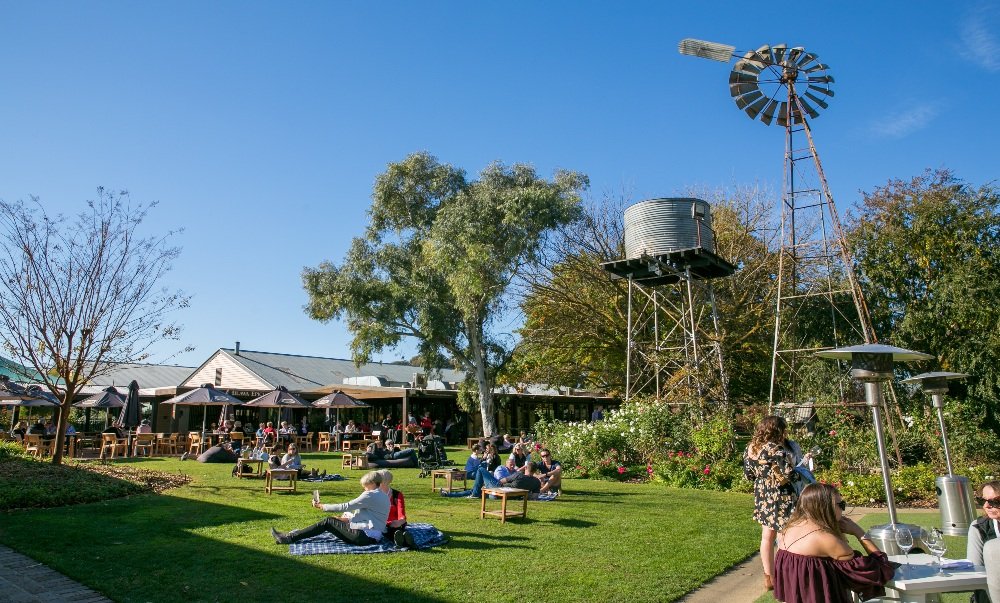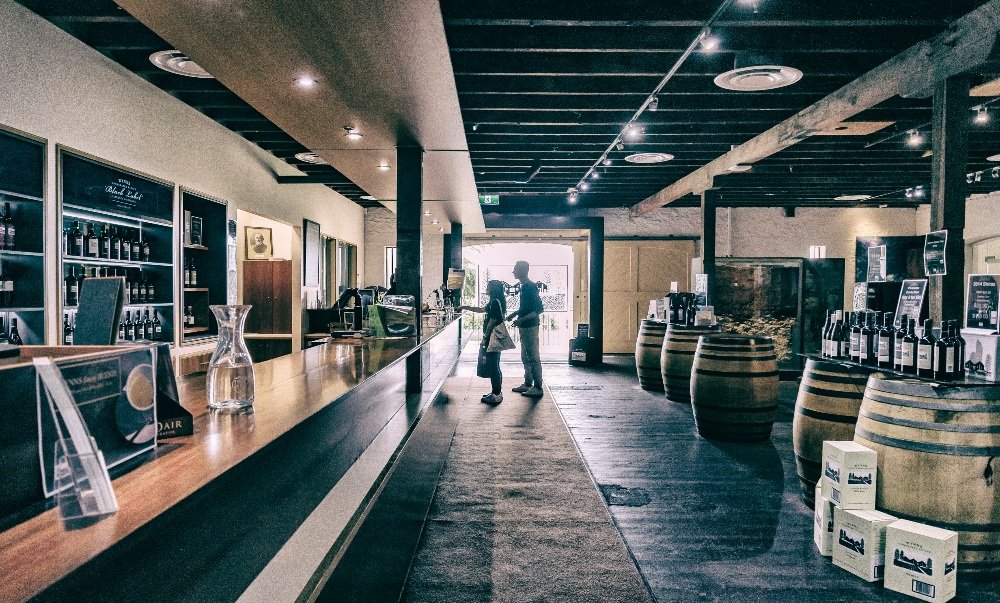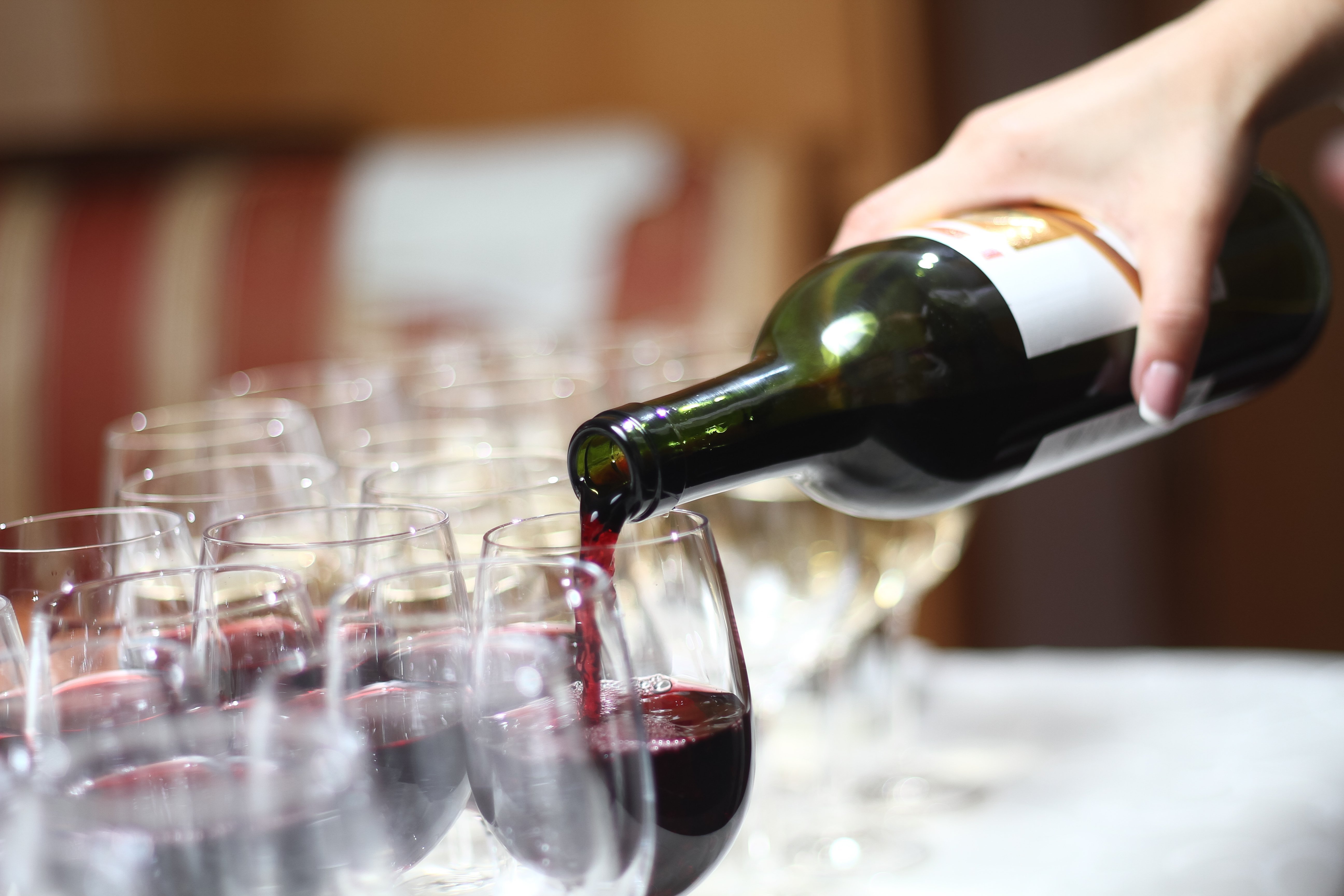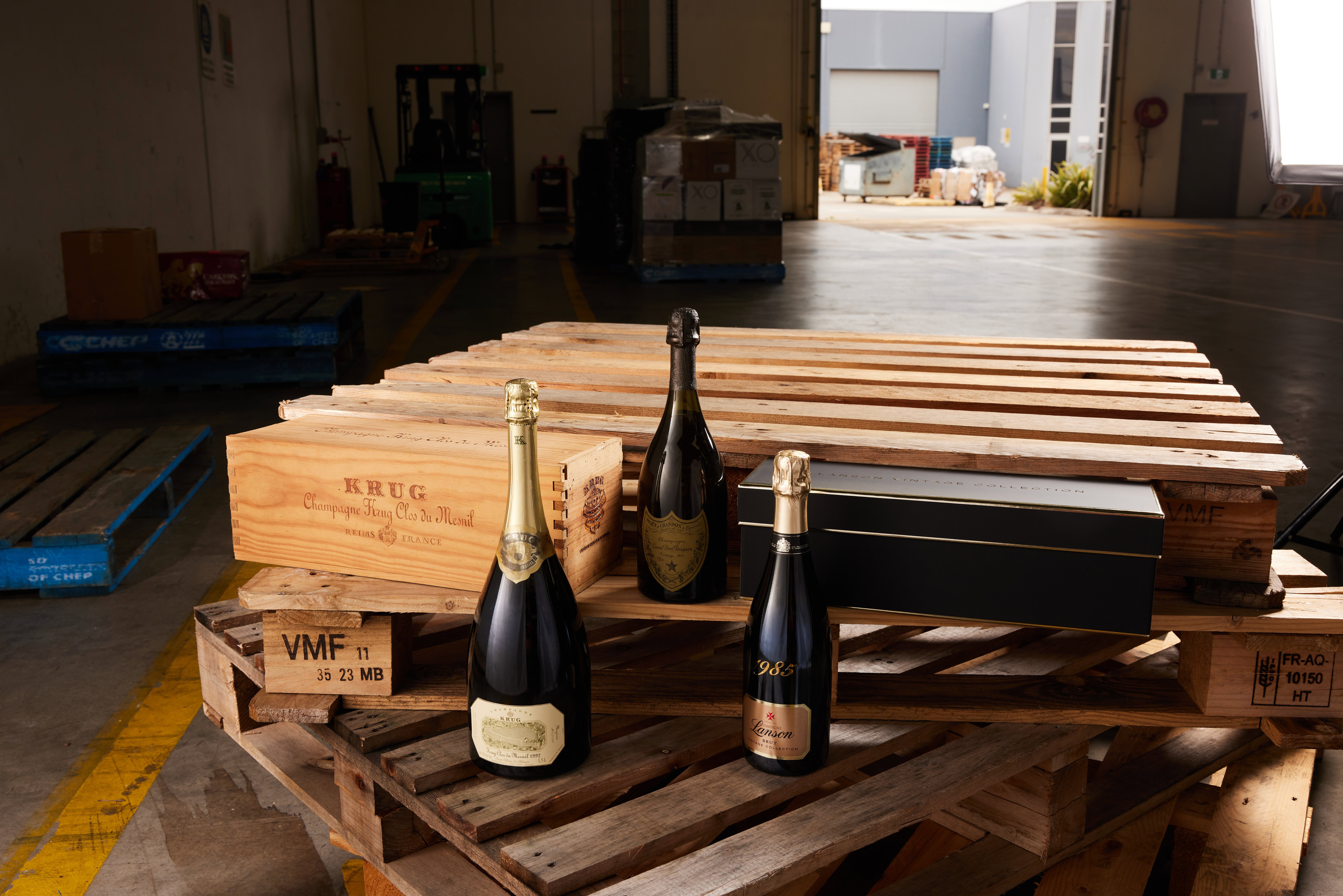The first Drinks Trade story in a series about Australian wines' direct to consumer sales in a changed market
Last year, the Australian wine industry endured blow after blow: devastating bushfires, borders shut to international wine tourism and our biggest export market, China imposed unreasonable export tariffs. Challenging circumstances for wineries and mean maximising wine sales will take a rethink including reimagined experiences at cellar doors for domestic travellers.
Cellar door visitation is down. Wine Australia’s Direct to Consumer (DTC) Survey Report 2020 reported that average visitor numbers in 2019 -2020 were down 23 per cent compared with 2018-2019. The second half of 2019-2020 was the hardest hit, down 47 per cent.
‘It was not surprising that “non-contact” channels had the highest growth rates, with cellar door and events suffering from the effects of COVID-19 pandemic lockdowns and restrictions, as well as the after-effects of fire in some regions’, said Andreas Clark, CEO of Wine Australia.
Wine Tourism Australia reports that many Australian wineries have chosen to shut down their cellar door operations for the foreseeable COVID- infected future while others do their best implementing COVID-safe practices of social distancing, restricted group bookings and virtual tasting experiences on social media channels.
For those who have chosen to continue with business as usual, the good news is that according to a report from Wine Tourism Australia almost half of the visitors to Australian wineries, and spending the night are domestic. It says Australian (i.e. domestic) visitors staying overnight in destinations made up nearly half (48 per cent) of all visitor numbers, while internationals made up 12 per cent.
Along with domestic tourism, the way forward for cellar doors is online sales. Wine Australia’s DTC report revealed online sales grew by 50 per cent in value over the past 12 months while database sales saw a 21 per cent growth and wine clubs 12 per cent.
Traci Ayris from Wine Tourism Australia says circumstances have thrown into relief those wineries managing customer data effectively through online/phone sales and wine clubs versus those who rely on walk-ins.
She explains it has forced the hand of wineries to update systems to gather as much customer information as possible to leverage future sales. The Wine Australia DTC survey also reported many wineries made several changes to their businesses as a result of COVID-19, particularly around seated tastings, bookings and investment in websites.

“It has forced cellar doors and wineries to re-evaluate their tourism offering. Those with established databases through wine clubs and phone sales are perhaps weathering the COVID storm a little better than others as they were in the position to utilise data to boost their direct-to-consumer sales. Those relying on cellar door walkthroughs alone have found it harder,” said Ayris.
Ayris says wineries must rethink how they deliver the total cellar door experience including online bookings, targeting the domestic market and training staff.
“Wineries need to think outside the square beyond the traditional “belly to bar” tasting and rethink their tourism approach. They need to appeal to local markets through curated experiences and events, offering online bookings, upskilling their staff and collaborating with other regional cellar doors in their area to develop new offerings.
“You can’t just walk into a cellar door in France or Napa without a booking and many Australian cellar doors are now adopting a similar approach” Ayris concludes.
Share the content










